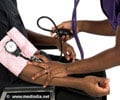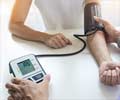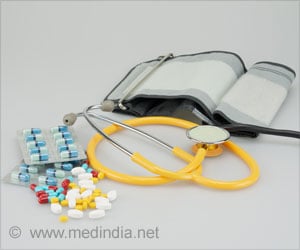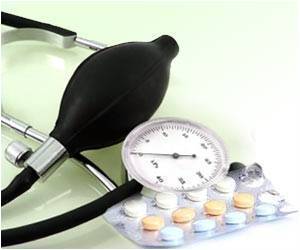For the first time, the recommended way to diagnose high blood pressure undergoes change following new guidelines issued by NICE.

A major feature of the new guideline is the recommendation that high blood pressure should be diagnosed using ambulatory blood pressure monitoring, a technique in which the patient wears a monitor for 24 hours to gauge how high their blood pressure is.
University of Leicester Professor Bryan Williams Chaired the NICE hypertension guideline. He believes this new approach will mean that as many as 25% of people diagnosed as having high blood pressure using the current method of diagnosis, i.e. repeated measurement of blood pressure in the doctor's clinic, may not be hypertensive and may not need treatment.
"This new guideline is going to change the way blood pressure is diagnosed and treated for millions of people in the UK and around the world. The new approach will be more accurate in diagnosing high blood pressure and will ensure that the right people get treated.
"We are using new technologies to improve the way we diagnose high blood pressure. It means that we will be more accurate in treating those who need treatment and in avoiding treating those who don't. "
In accompanying research published simultaneously in the Lancet, the guideline group demonstrated that this new approach is highly cost-effective and even after taking account of the cost of the new technology, is likely to be cost saving for the NHS.
Advertisement
The new guideline also simplifies the treatment strategy for high blood pressure, focussing on the most effective treatments and also contains specific advice on the treatment of blood pressure in young adults and the very elderly.
Advertisement
Source-Eurekalert















